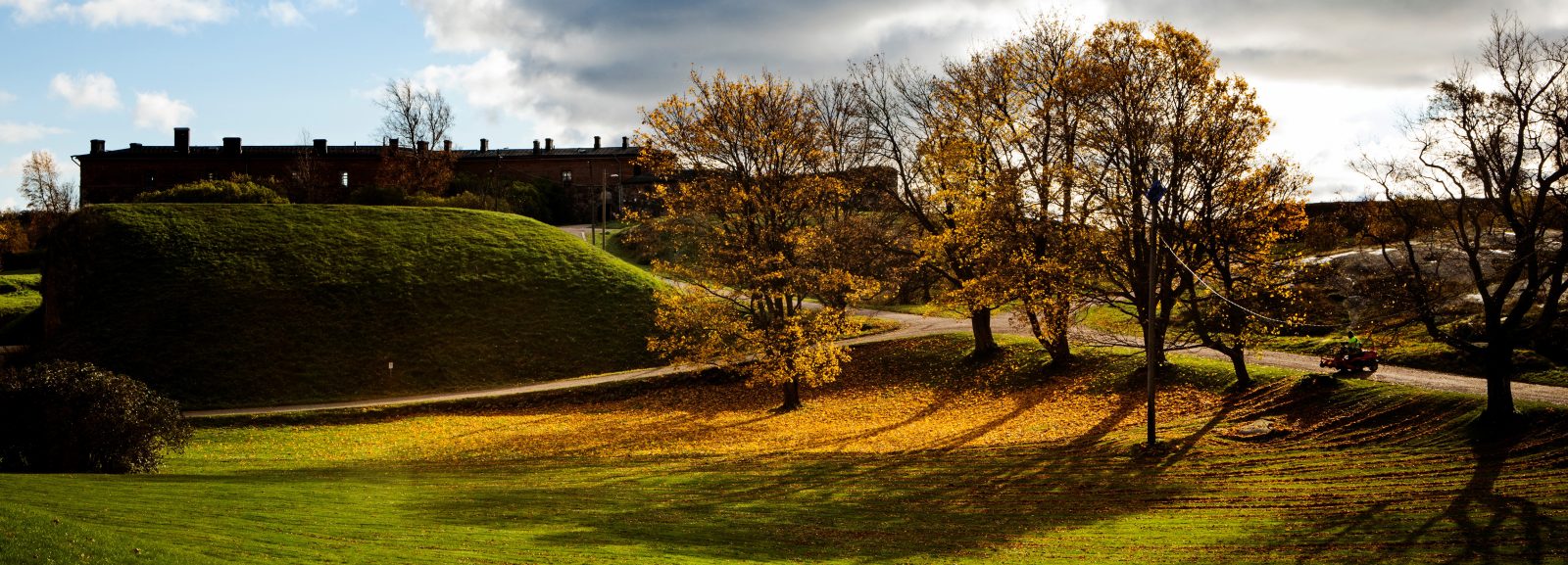
Fortress and history
The Finnish era
During the Russian era, the Viapori fortress was not part of the Finnish Grand Duchy but was governed by Russia. Finland had declared independence on 6 December 1917, but Viapori was still under the command of Russians troops for some time. It was not transferred under the administration of the Finnish government until in the spring 1918 during the Finnish Civil War.
Towards the end of the war, the Whites set up a prison camp in Viapori for Red prisoners, up to 8,000 of them. In the prison camp, Red prisoners were executed and some died of diseases due to the poor conditions in the fortress. The last prisoners were released in March 1919.
A new name for the Finnish fortress: Suomenlinna
In May 1918, the fortress was renamed Suomenlinna (‘Castle of Finland’) to reflect Finland’s independence, and it was annexed to the state of Finland. Soon, the fortress housed various Defence Forces units and Suomenlinna became a Finnish garrison.
Small-scale renovations also started gradually, and tourism to the islands took off.
During the war
When the Winter War broke out in 1939, the forces stationed on Suomenlinna included anti-aircraft and artillery units. The fortress was a base for the Finnish submarine fleet.
After the Continuation War (1941–1944), only a few military units remained in Suomenlinna.
Under civilian administration
In the mid-1960s, the Defence Forces announced that it would be vacating the fortress completely. When the Suomenlinna Coastal Artillery Regiment moved out in 1972, Suomenlinna was turned over to civilian administration. Among the Defence Forces units, only the Naval Academy remains in Suomenlinna to this day. Renovation of Suomenlinna began, and buildings were overhauled for residential use.
Suomenlinna was added to UNESCO’s World Heritage List in 1991. During the Finnish era, the fortress has developed into one of the most popular tourist attractions in Finland. In addition, Suomenlinna is one of Helsinki’s districts, a home to approximately 800 residents and a workplace for about 400 people.
